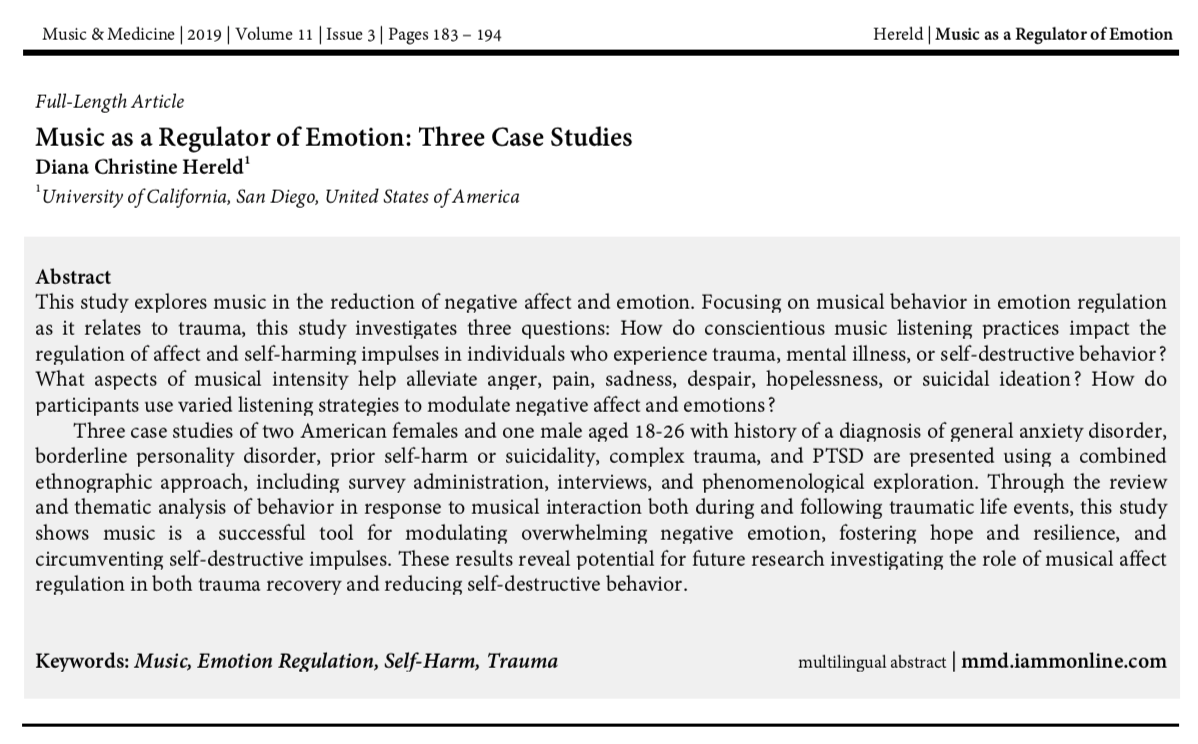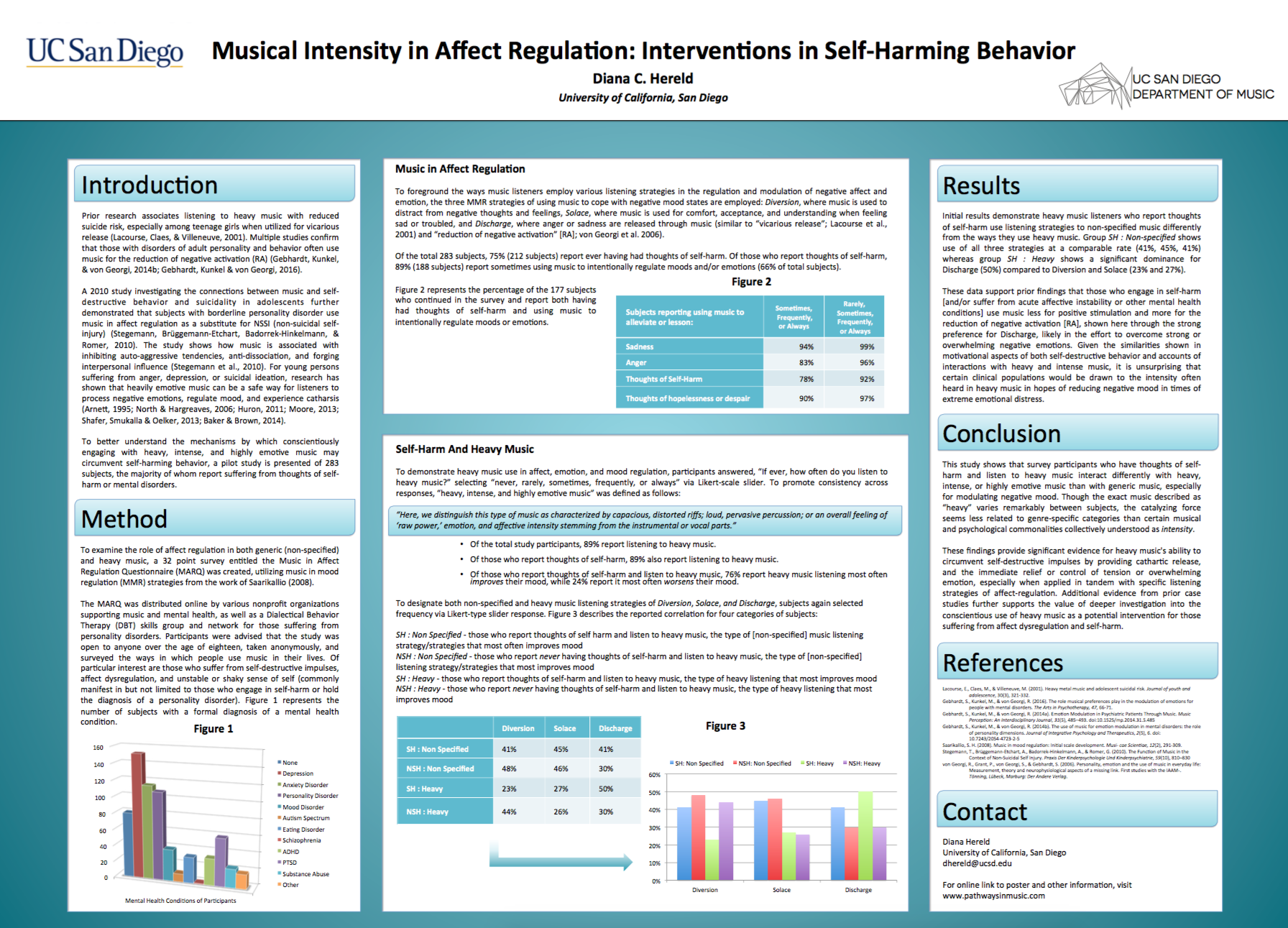
Springfest 2015 is the annual showcase of UC San Diego Department of Music’s emerging composers, instrumentalists, and electronic musicians. From April 7-11, concerts will take place every afternoon and night at the Conrad Prebys Music Center and on April 7th and 9th at The Loft (UCSD). On April 19th, Springfest travels to the Birch Aquarium for their annual Immersion event.
Since its founding in the late 1960s, the UCSD Department of Music has been a world leader in experimental music of all stripes, boldly charting the future of jazz, classical, multimedia, and electronic music genres.
SpringFest 2015 begins April 7th at 7:30pm at The Loft (UCSD) with improvisations and new compositions and innovative jazz works. From April 8th through April 11th, there will be two to four performances daily at the Conrad Prebys Music Center featuring masterworks of the late 20th century concert repertoire by Kurtag, Lang, Reich, Scelsi, and Stockhausen, music by UC San Diego’s very own alums Nicholas Deyoe and Edward Hamel, small group improvisation at the aggressive fringe of jazz and popular music, and unprecedented alloys of performance art, sound and media, including investigations of music of the speaking voice (4/9), the experience of motion through music (4/10) and the collision of music and theater (4/11). On April 11th, Springfest hosts an interactive “synthesizer petting zoo,” where audiences can get their hands on the Audio Electronics Club’s handmade music hardware and software, synthesizers, and effects processors.
Reprising last year’s spotlight event, an immersive walk-through concert/installation at Birch Aquarium in La Jolla on April 19th, will feature live performances spread throughout the aquarium including Gavin Bryars’ Sinking of the Titanic, a Gamelan Ensemble, sound installations by Tina Tallon, Nicolee Kuester, Jon Forshee, and Tommy Babin, and SEA SOAR and short films by Lyndsay Ellis Bloom with sound design by Caroline Louise Miller. $10 Discounted admission ($8 for UCSD students) for the entire aquarium.
New this year, Springfest will host its first ever panel discussion on the culture of music and affect, From Fragile to Plastique: Confronting the Culture of Music and Affect, curated by Diana Hereld. Additionally, this event includes exploring alternate models for sound presentation, Celeste Oram’s Microventions, 60 second mini-concerts, and Curt Miller and Nichole Speciale presenting two viewings of their sound installation, Polyester.
Admission to all Springfest events on campus are free of charge.
For full event calendar, visit http://ucsdmusic.blogspot.com/







You must be logged in to post a comment.